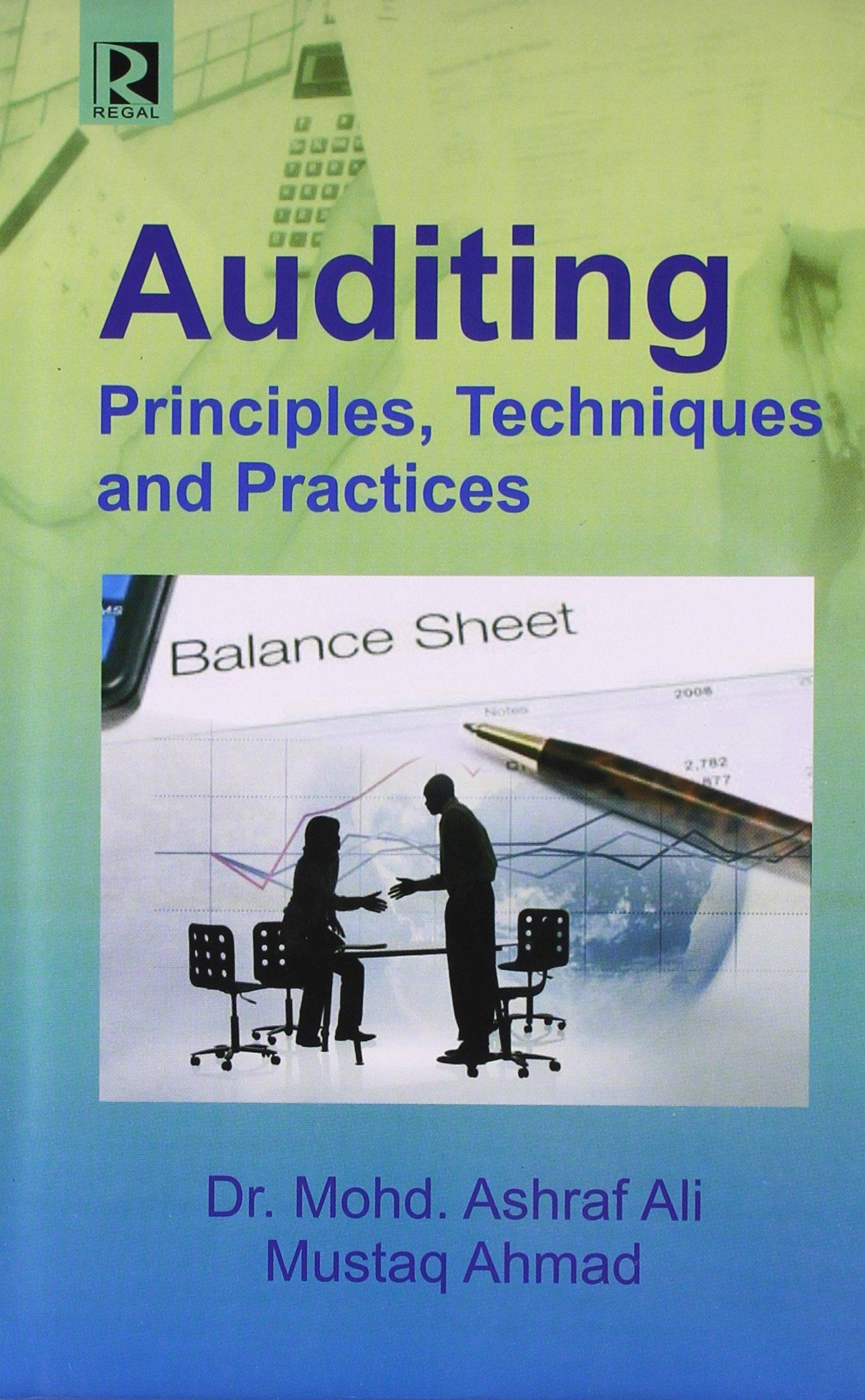A company is thinking about changing its credit policy to attract customers away from competitors. The present policy calls for a 1.12/10, net 30 cash discount. The new policy would call for a 4.29/10, net 50 cash discount. Currently, 33% of its customers are taking the discount, and it is anticipated that this number would go up to 67% with the new discount policy. It is further anticipated that annual sales would increase from a level of $324k to $561k as a result of the change in the cash discount policy. The average inventory carried by the firm is based on an EOQ. Assume sales increase from 14k to 20.2k units. The ordering cost for each order is $205 and the carrying cost per unit is $1.59 - these values will not change with the discount. Each unit in inventory has an average cost of $10. Cost of goods sold equates to 67% of net sales, general and administrative expenses are 13% of net sales, and interest payments of 14% will only be necessary for the increase in the accounts receivable and inventory balances" (see information below). Taxes will be 36% of before-tax income. Note: The term "k" is used to represent thousands (* $1,000). Required: Calculate the percentage in earnings after taxes (EAT) between the current policy (before the discount) and the new policy (after the discount). % Do not round intermediate calculations. Input your answer as a percent rounded to 2 decimal places (for example: 28.31%). Use a 360-day year. Further Information (solution steps): The educational purpose of this problem targets the students' ability to read + follow instructions (1) By the end of this problem, you are required to establish the percentage difference in EAT between the current policy (before the discount) and the new policy (after the discount). In other words % A EAT - (EAT before the discount - EAT after the discount) + EAT before the discount Therefore, you proceed with calculating EAT for each case as you normally would under the income statement (considering the revenue and expense items outlined in the inputs of this question). You must also consider that net sales = 5 sales - S discount % Do not round intermediate calculations. Input your answer as a percent rounded to 2 decimal places (for example: 28.31%). Use a 360-day year. Further information (solution steps): O The educational purpose of this problem targets the students' ability to read + follow instructions. (1) By the end of this problem, you are required to establish the percentage difference in EAT between the current policy (before the discount) and the new policy (after the discount). In other words: % A EAT = (EAT before the discount - EAT after the discount) + EAT before the discount Therefore, you proceed with calculating EAT for each case as you normally would under the income statement considering the revenue and expense items outlined in the inputs of this question). You must also consider that net sales - S sales - $ discount (1) Interest expense = $0 when calculating EAT for the current policy (EBIT = EBT). When calculating EAT for the new policy: 5 interest expense = (the increase in receivables the increase inventory) * interest %. The difference in receivables = receivables after the discount -receivables before the discount. This means that for each case, you must multiply the average collection period x average daily net sales. Similarly, the $ difference in inventory = $ inventory after the discount - $ inventory before the discount. On that basis, you must divide E0Q/2 then multiply the outcome x the average s inventory cost per unit for each case








